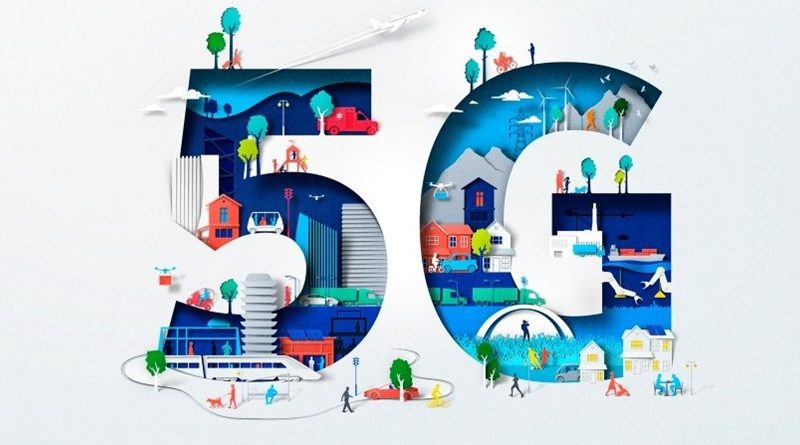What can you do with 5G? Everything By Jai Thattil, Head of Marketing, 5G Services, Nokia
With all the buzz around 5G, many companies are wondering: “What will we be able to do with it?”
Businesses of all sizes believe 5G will bring them competitive advantages but aren’t entirely clear about its practical applications. Telecommunications service providers know there’s a multi-trillion-dollar opportunity up for grabs, but aren’t sure how to turn faster speeds and increased network intelligence into a share of that potential market.
Part of the challenge is that traditional network services have been determined by the limits of the technology. With 5G, those technical limitations are no longer a barrier, making it possible to do pretty much anything. Which means it’s up to service providers and their business customers to pick the use cases that will be most important and profitable for them.
The many things you can do with 5G
By partnering with companies who want to embed 5G’s capabilities into their own digital offerings, service providers can turn the network into a shared “fabric” for value creation. That requires smart planning, though–which is why Nokia Bell Labs has identified more than 100 consumer and business 5G use cases, grouped into eight broad categories:
Fixed wireless access (FWA)
FWA within homes and businesses will deliver broadband-like speed and reliability in more places, including those with no existing wired infrastructure or where it would be too costly to deploy.
Video surveillance and analytics
5G’s low latency and high capacity will help create smarter spaces through enhanced video surveillance and analytics. Wireless cameras mounted on drones or in hard-to-reach places will improve safety and security while providing footage that can improve decision-making in nearly any industry.
Immersive experiences
5G will support new, immersive experiences, both real and virtual. 360-degree virtual reality (VR) will let people enjoy events and play interactive games like they’re really there. In the workplace, augmented reality (AR) can train workers to handle hazardous situations without putting them in harm’s way.
Smart stadiums
In stadiums and concert halls, venue operators will use AR and VR to take fans “backstage,” provide real-time overlays of sports stats and replays, and deliver other immersive experiences.
Cloud robotics and automation
Manufacturers are looking to automation and the cloud to simplify processes and eliminate human errors. Wireless human-machine interfaces, powered by high-bandwidth 5G connectivity, will remove the constraints of today’s static assembly lines and speed up the reconfiguration of production environments.
Machine remote control
Cranes, robot arms and other remotely controlled machinery can boost operational efficiency and increase worker safety. From drones making deliveries to robots doing dangerous tasks like bomb disposal, these machines require reliable wireless connectivity, often over long distances, with low latency for accurate, responsive control.
Connected vehicles
5G will help make road travel easier, safer and more enjoyable. In-car entertainment and information–using vehicle-to-vehicle or vehicle-to-infrastructure communications to tell drivers about upcoming traffic jams, for instance–may be early applications, followed by assisted driving and autonomous vehicles.
eHealth
Hospitals can use 5G to enhance care delivery, including eHealth services. Guaranteed uplink speeds will allow ambulances to transmit critical data to hospitals so doctors can diagnose problems before patients arrive. 5G’s low latency will also support remote surgeries and other innovative applications.
From here to there
While there are many potential 5G use cases, some will be ready to implement sooner than others. With early standards focused on enhancing mobile broadband, options like FWA will be more feasible in the near-term while others, like autonomous vehicles, are still a few years away. In every case, by looking at 5G in terms of real-world applications and not just as a mechanism for connectivity, service providers and enterprises will give themselves the best chance of building a strong, profitable 5G plan.
By Jai Thattil, Head of Marketing, 5G Services, Nokia @JThattil




